As I’ve grown older, I’ve come to love writing more and more. I’ve also learned to appreciate the joy that comes from the simple things in life (mainly food to be honest). So, a couple of years ago I decided to see if I could bring my passions together and took an evening class in food writing at Leith’s School of Food and Wine, having previously taken their food photography class.
Although I spend all day working with words in my job as an editor, the experience of working on articles as a freelance author was completely new to me. Setting aside time to work creatively on a subject I love was strangely freeing, and by the end of the course I had acquired a new-found empathy for the authors I work with on a daily basis. I had also caught the food writing bug, so naturally, when the opportunity came to write an article for Leith’s magazine, I jumped at the chance.
The process itself was very different to what I had expected from my own experience as an editor. Perhaps we walk authors through the process a bit more in the world of scientific publishing or are just more involved and/or obsessive (probably both). Who knows. The somewhat relaxed world of food publication (in my opinion anyway) still managed to produce a beautiful final product. I’m not sure how long the digital version of the article will be available online, so I decided to share it here in all its glory.
New York’s monster cookies
 Something big is lurking in New York and it’s causing a sensation. Cookies of monster proportions have been cropping up at bakeries across the city, inspiring awe and devotion in all who taste them. These cookies are oversized, thickset, soft centred concoctions that just cry out for a glass of milk and somewhere to lie down afterwards. It’s not just the size that makes these cookies stand out, although weighing in at around 6 ounces, they certainly aren’t for the faint hearted. The soft, almost cake-like texture in the centre of the cookies and their ability to carry a huge variety of fillings and flavour combinations make them all-round crowd pleasers. The fact that in the chocolate chip varieties, the most abundant ingredient is the chocolate itself, is just a bonus.
Something big is lurking in New York and it’s causing a sensation. Cookies of monster proportions have been cropping up at bakeries across the city, inspiring awe and devotion in all who taste them. These cookies are oversized, thickset, soft centred concoctions that just cry out for a glass of milk and somewhere to lie down afterwards. It’s not just the size that makes these cookies stand out, although weighing in at around 6 ounces, they certainly aren’t for the faint hearted. The soft, almost cake-like texture in the centre of the cookies and their ability to carry a huge variety of fillings and flavour combinations make them all-round crowd pleasers. The fact that in the chocolate chip varieties, the most abundant ingredient is the chocolate itself, is just a bonus.
The first to offer these giant confections was Manhattan’s Levain Bakery, whose signature chocolate chip and walnut flavour is arguably the most sophisticated. Serving up cookies of a similar size and style in Queens is Chip NYC. Whereas Levain offers a restrained selection of somewhat grown-up flavours, Chip lets you indulge your inner child with flavour combinations such as funfetti, s’mores and peanut butter and jelly. Having amassed a huge following on Instagram, devotees of these monster cookies queued around the block when Chip opened their first Manhattan store last autumn.
However, you don’t need to travel all the way to New York to try these giants of the cookie world. You can now go (at least) two rounds with these heavyweights at home and try your hand at s’mores cookies inspired by those from Chip. In the USA, these would be made with Graham crackers, which are similar to our Digestive biscuits. If you do manage to find some in the UK and fancy having a go with the real deal, substitute the Graham crackers for the Digestive biscuits and omit the honey. The recipe can also be easily scaled up if you’re baking for a party or just want to create a stash in the freezer.
Monster s’mores cookies

Ingredients:
55g unsalted butter, softened
55g soft light brown sugar
50g caster sugar
½ tsp ground cinnamon
1 tsp sea salt flakes
¾ tsp baking powder
1 tsp bicarbonate of soda
1 tsp honey
¼ tsp vanilla paste
1 egg
145g plain flour
20g cornflour
200g dark chocolate chips
60g finely crushed Digestive biscuits
Mini marshmallows
Method:
- Using the paddle attachment in a stand mixer or an electric whisk, cream together the butter, sugars, ground cinnamon, vanilla paste, honey, salt, baking powder and bicarbonate of soda until fluffy.
- Beat in the egg until the mixture goes a few shades paler.
- Beat in the plain flour and cornflour, then switch to a wooden spoon and mix in the crushed biscuits and chocolate chips.
- Split the dough into 4 portions for the full New York experience or 8 for a more manageable cookie. Roll each portion into a ball, put them in a container where they can rest without touching each other and refrigerate them, covered, for at least 12 hours (if that sounds like too long to wait, you can bake them sooner, they might just spread a little more in the oven).
- When you’re ready to bake the cookies, preheat the oven to 180°C (160°C fan) and line a baking tray with baking parchment.
- When up to temperature, space the cookies out on the lined baking tray and bake for 22 minutes for the larger size or 15 minutes for the smaller size.
- Two thirds of the way through the cooking time, remove the cookies from the oven and quickly squish a few mini marshmallows onto the top of each cookie, then return to the oven.
- When the cooking time is up, remove from the oven and leave to cool on the tray for 10 minutes to allow the chocolate to solidify.
N.B. Owing to the soft-centred nature of these cookies, they don’t keep particularly well, so are best eaten the same day as they are made. However, the portioned dough can be kept in the freezer for up to 3 months and just thawed and baked when needed.

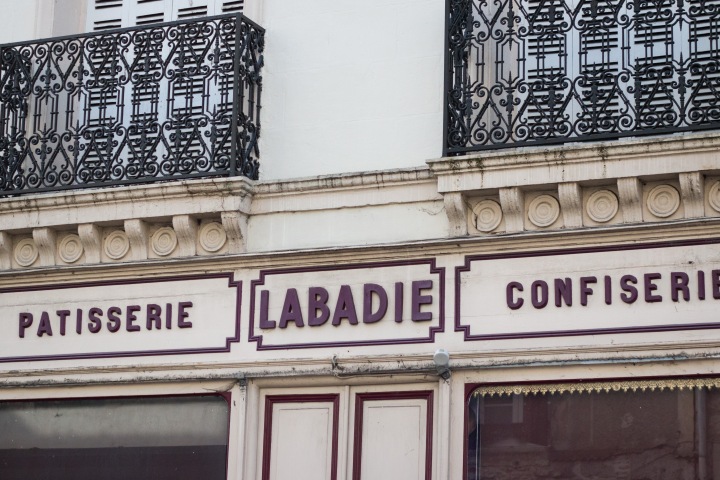
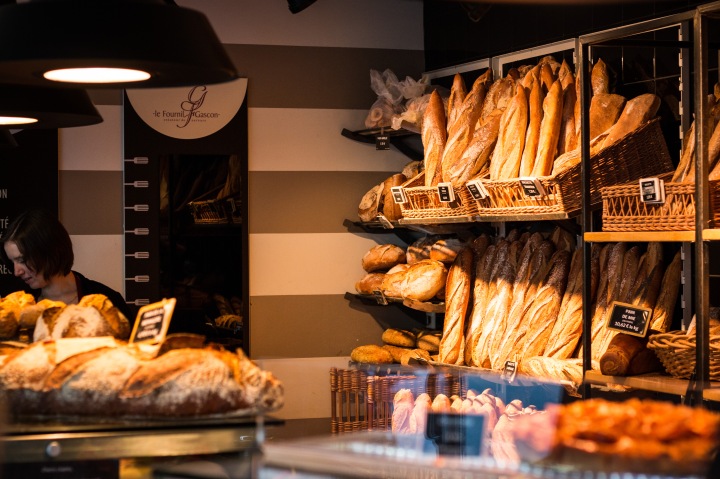











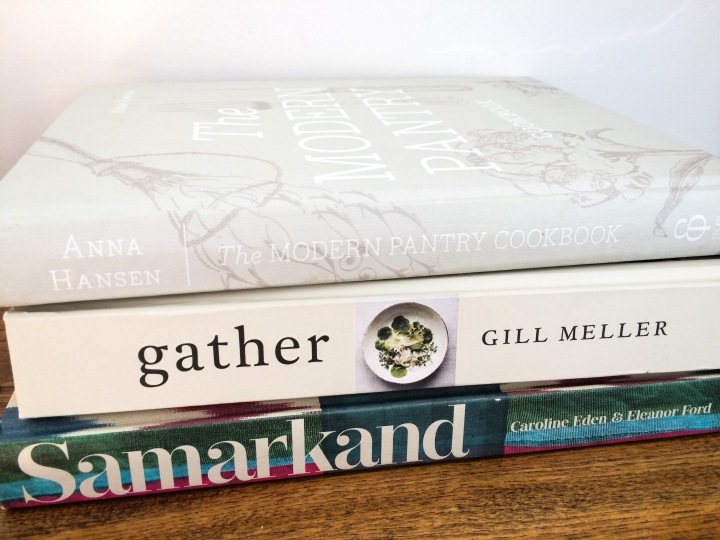
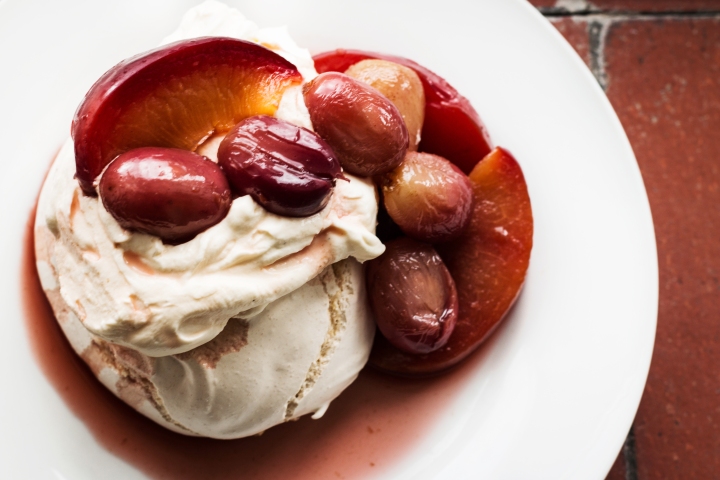

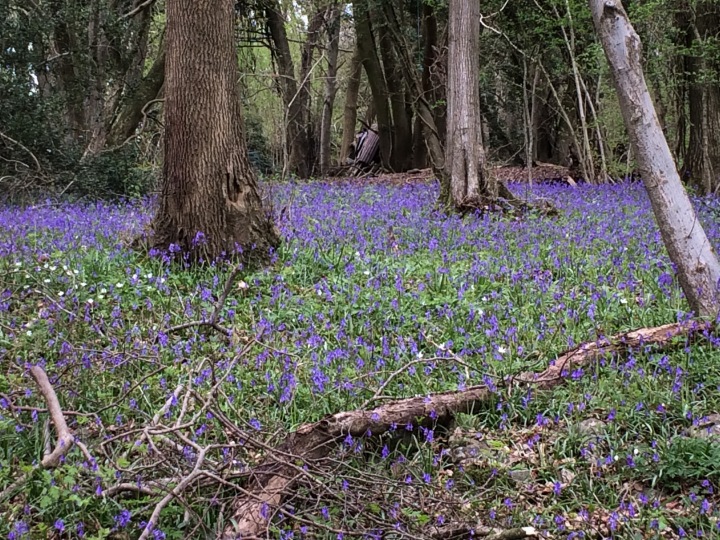


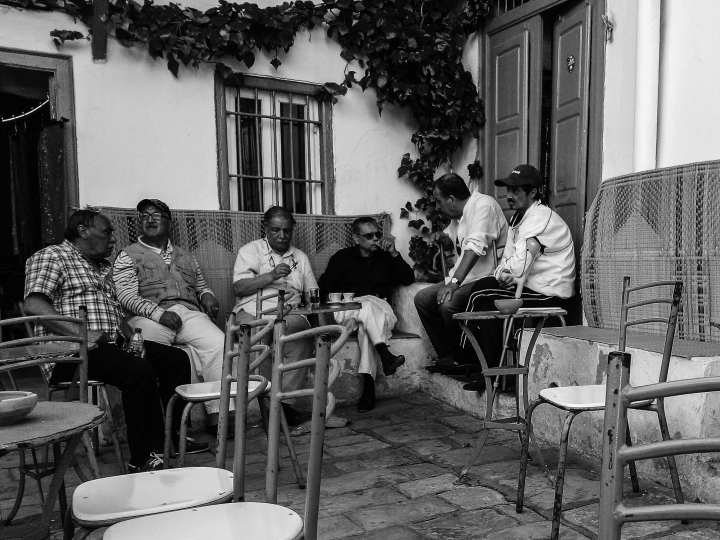


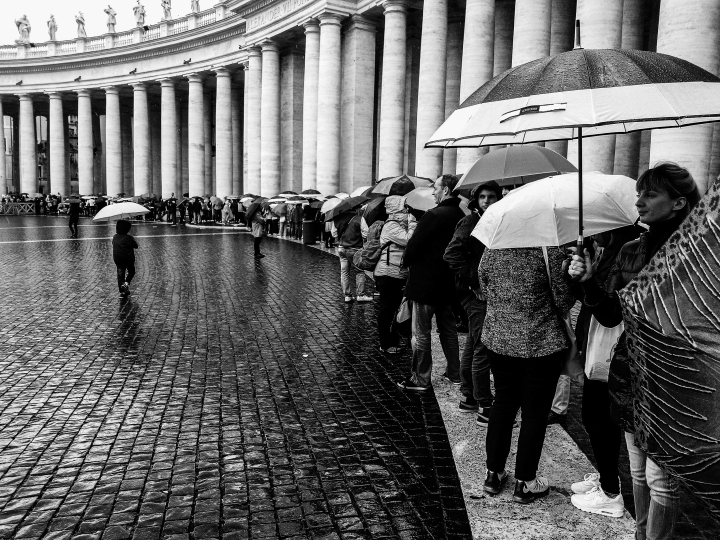
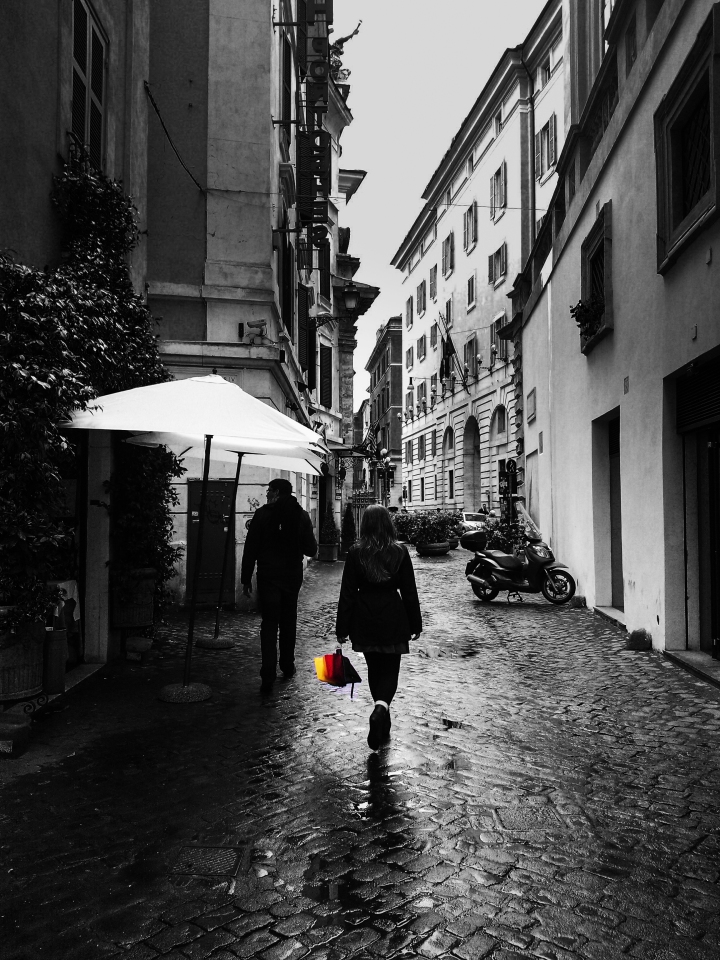
 People like Corrie Ten Boom, who helped to hide hundreds of Jews during the Nazi occupation of Holland, and who later was able to meet and publicly forgive one of the guards that held her in a concentration camp.
People like Corrie Ten Boom, who helped to hide hundreds of Jews during the Nazi occupation of Holland, and who later was able to meet and publicly forgive one of the guards that held her in a concentration camp. who managed to mix together the fields of biochemistry and engineering to pioneer ways of growing human bone to use for transplants.
who managed to mix together the fields of biochemistry and engineering to pioneer ways of growing human bone to use for transplants. Or Amal Clooney, who’s actor husband gets all of the attention, but who is a lawyer and activist, working in a field she is clearly gifted in, to bring about change in cases of human rights abuses and genocide.
Or Amal Clooney, who’s actor husband gets all of the attention, but who is a lawyer and activist, working in a field she is clearly gifted in, to bring about change in cases of human rights abuses and genocide.
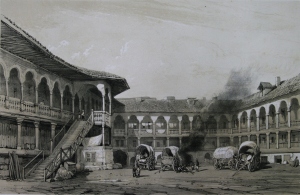 Of all the beautiful buildings I discovered on my wanderings, my favourite has to be Manuc’s Inn, a 19th Century caravanserai that occupies a whole block on the edge of the old town. Having been rebuilt several times, it is currently being lovingly restored to it’s former glory, right down to the quirky wooden pavements that apparently used to cover the whole of the city. I spent a glorious hour cocooned in the coffee shop located in a corner of the building, soaking up the spring sunshine and watching people pass by in the modern city square outside. People watching here is fun. I seemed to have stumbled upon one of the trendier locations, and saw a curious mixture of old ladies selling flowers, well-dressed business men, students chatting in groups, and young women dressed up to the nines in killer heels and bright red lipstick. What I really liked was the idea that just by shifting my seat to the terrace, I could escape the modern world entirely and dream away as I gazed upon the interior of the old courtyard of the inn.
Of all the beautiful buildings I discovered on my wanderings, my favourite has to be Manuc’s Inn, a 19th Century caravanserai that occupies a whole block on the edge of the old town. Having been rebuilt several times, it is currently being lovingly restored to it’s former glory, right down to the quirky wooden pavements that apparently used to cover the whole of the city. I spent a glorious hour cocooned in the coffee shop located in a corner of the building, soaking up the spring sunshine and watching people pass by in the modern city square outside. People watching here is fun. I seemed to have stumbled upon one of the trendier locations, and saw a curious mixture of old ladies selling flowers, well-dressed business men, students chatting in groups, and young women dressed up to the nines in killer heels and bright red lipstick. What I really liked was the idea that just by shifting my seat to the terrace, I could escape the modern world entirely and dream away as I gazed upon the interior of the old courtyard of the inn.